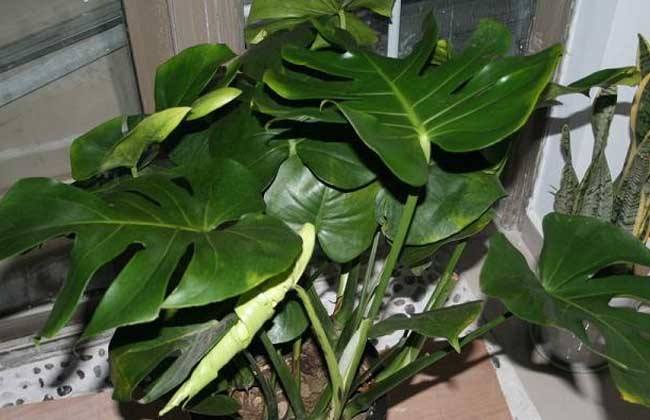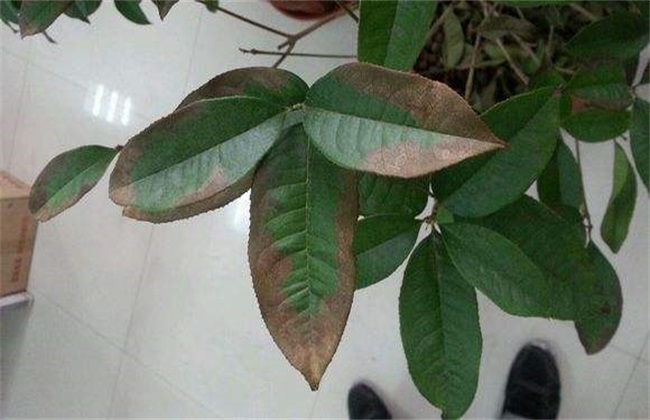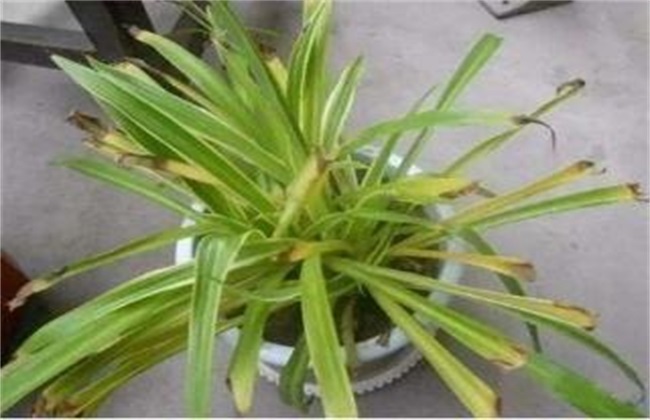What if the bamboo leaves on the back of the tortoise are soft and drooping?
Phyllostachys pubescens is a kind of climbing shrub plant of Araceae, which is mainly cultivated for ornamental use in China. The leaf shape of tortoise back bamboo is relatively peculiar and highly ornamental, so it is welcomed by many people. However, when planting tortoise-backed bamboo, whether it is family maintenance or florist planting, it is easy to appear the phenomenon of soft and sagging leaves of tortoise-backed bamboo. So what should I do if the bamboo leaves on the back of the tortoise are soft and drooping? Let's take a look at it together.

1. Rational watering
Tortoise back bamboo is a kind of plant that likes to grow in a humid environment, if it is in a water shortage environment for a long time in the process of planting. Then the leaves will become dim and soft due to lack of moisture. At this time, we should water in time to prevent the yellowing and drying of stems and leaves because of the lack of water for too long. And too much watering will also lead to rotten roots of tortoise-backed bamboo, as well as the phenomenon of soft and sagging leaves. Therefore, we should pay attention to reasonable watering, to ensure soil water content at the same time, to avoid stagnant water, if there is stagnant water, we should pay attention to timely drainage.
2. Scientific fertilization
Although tortoise back bamboo has a great demand for fertilizer, its tolerance to thick fertilizer is very poor. Excessive fertilization is also the main reason for the softness and sagging of tortoise-backed bamboo leaves. If the leaves of the tortoise back bamboo are yellow and are caused by fertilizer, then it means that the tortoise back bamboo has been damaged by fertilizer for some time. If it is soft, it means that the fat damage has not been long since it began. At this time, we should apply a large amount of water in time to dilute the fertilizer, or change the soil to alleviate the fertilizer damage. Ventilation should be done after watering to prevent the soil from being too wet and counterproductive.
3. Trim the root
Whether it is caused by too much watering or too much fertilization, the bamboo leaves on the back of the tortoise are soft and sagging. The root of tortoise back bamboo has basically rotted, because the root rot, so that the root can not absorb nutrition and water. Therefore, at this time, we should dig up the plant in time, then disinfect the scissors and cut off the rotting place of the root. Then soak the roots with potassium permanganate and other solutions for disinfection, usually soaking for about 30 minutes can be replanted in the soil.
4. Control lighting
Tortoise back bamboo is a kind of plant with strong negative tolerance, and it also likes to grow in shade environment. Therefore, its tolerance to strong light is very poor, so in the process of planting, if the tortoise back bamboo is exposed to strong light. Then the leaves will gradually soften and droop because of direct sunlight. If it is caused by light, then shade in time, about 3-4 hours can return to normal. Although the remedy is simple, it should be noted that the bright light should not be allowed to shine directly. in the long run, the growth of tortoise-backed bamboo will be seriously inhibited, so we should pay more attention.
The above is a brief introduction to how to soften and droop the leaves of tortoise back bamboo. That's all for today's introduction. This article is for reference only. I hope it can help you all.
Related
- Fuxing push coffee new agricultural production and marketing class: lack of small-scale processing plants
- Jujube rice field leisure farm deep ploughing Yilan for five years to create a space for organic food and play
- Nongyu Farm-A trial of organic papaya for brave women with advanced technology
- Four points for attention in the prevention and control of diseases and insect pests of edible fungi
- How to add nutrient solution to Edible Fungi
- Is there any good way to control edible fungus mites?
- Open Inoculation Technology of Edible Fungi
- Is there any clever way to use fertilizer for edible fungus in winter?
- What agents are used to kill the pathogens of edible fungi in the mushroom shed?
- Rapid drying of Edible Fungi



